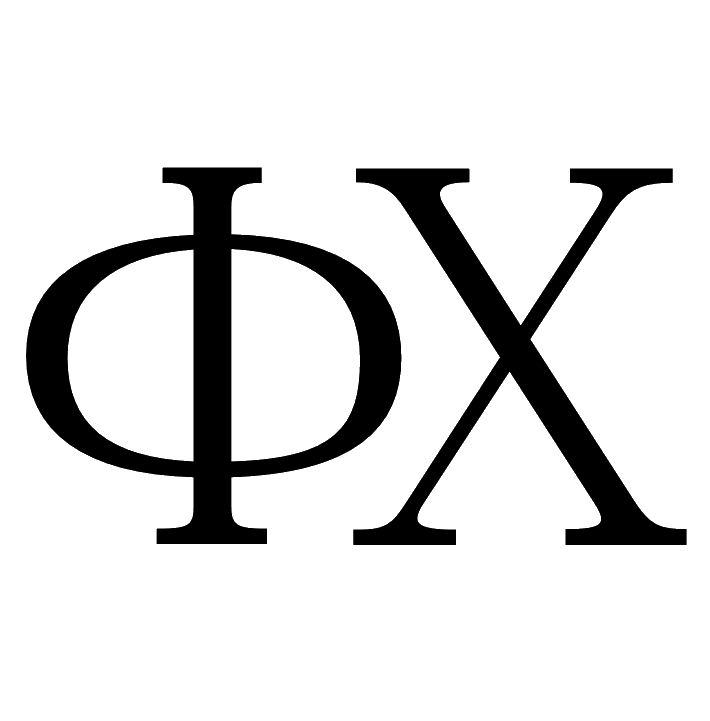Wetting angle polytermes for lead-sodium melts on refractory metals
B.S. Karamurzov1, R.A. Kutuev2, M.Kh. Ponegev1, V.A. Sozaev4, A.Kh. Shermetov1, A.A. Shokarov1
1 Kabardino-Balkarian State University named after H.M. Berbekov
2 Chechen State University
4 North Caucasian Institute of Mining and Metallurgy (State Technological University)
DOI: 10.26456/pcascnn/2020.12.113
Short communication
Abstract: The temperature dependence of the contact angle for Pb – Na melts of different concentrations on Co – Cr, Ni – Cr and stainless steel 25X18H9C2 substrate was studied by the method of a lying drop. Measurements were carried out by a lying drop method in the temperature range from 359 to 800°C in an atmosphere of pure helium grade A. It is shown that the value of the wetting angle decreases with increasing temperature, wetting thresholds are observed.
Keywords: wetting angle polytherms, wetting threshold, Co - Cr, Ni - Cr, 25X18H9C2 substrates
- Barasbi S. Karamurzov – Academician of the Russian Academy of Education, Dr. Sc., Professor, KabardinoBalkarian State University named after H.M. Berbekov
- Ruslan A. Kutuev – Ph. D., Docent, Vice Rector for General Affairs, Chechen State University
- Murat Kh. Ponegev – Ph. D., Docent of the Department of Theoretical and Experimental Physics, Kabardino-Balkarian State University named after H.M. Berbekov
- Victor A. Sozaev – Dr. Sc., Professor of the Department of Physical and Mathematical disciplines, North Caucasian Institute of Mining and Metallurgy (State Technological University)
- Astemir Kh. Shermetov – postgraduate student, Department of Physics of Nanosystems, Kabardino-Balkarian State University named after H.M. Berbekov
- Aliy A. Shokarov – postgraduate student, Department of Physics of Nanosystems, Kabardino-Balkarian State University named after H.M. Berbekov
Reference:
Karamurzov, B.S. Wetting angle polytermes for lead-sodium melts on refractory metals / B.S. Karamurzov, R.A. Kutuev, M.Kh. Ponegev, V.A. Sozaev, A.Kh. Shermetov, A.A. Shokarov // Physical and chemical aspects of the study of clusters, nanostructures and nanomaterials. — 2020. — I. 12. — P. 113-119. DOI: 10.26456/pcascnn/2020.12.113. (In Russian).
Full article (in Russian): download PDF file
⇐ Prevoius journal article | Content | Next journal article ⇒